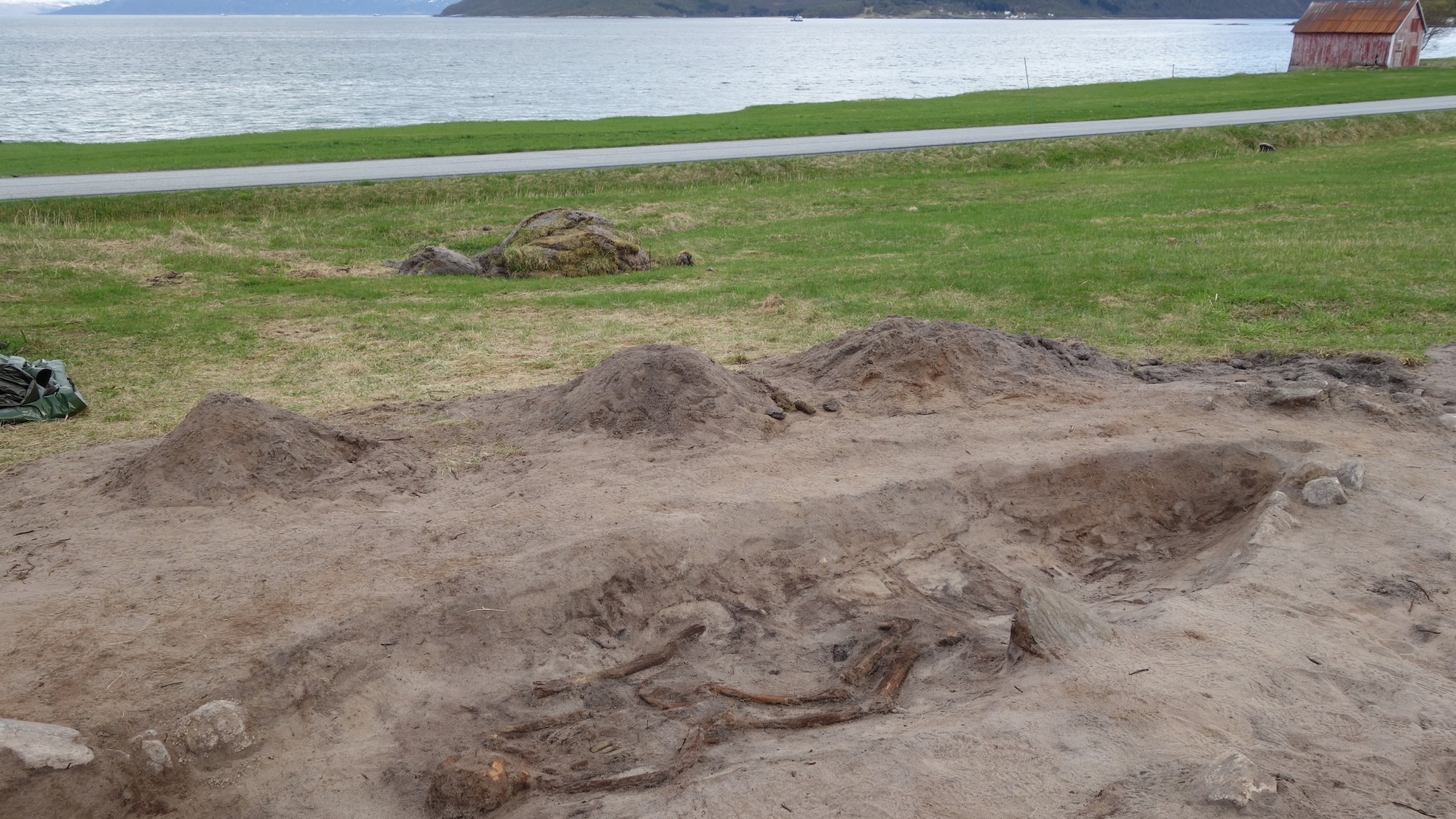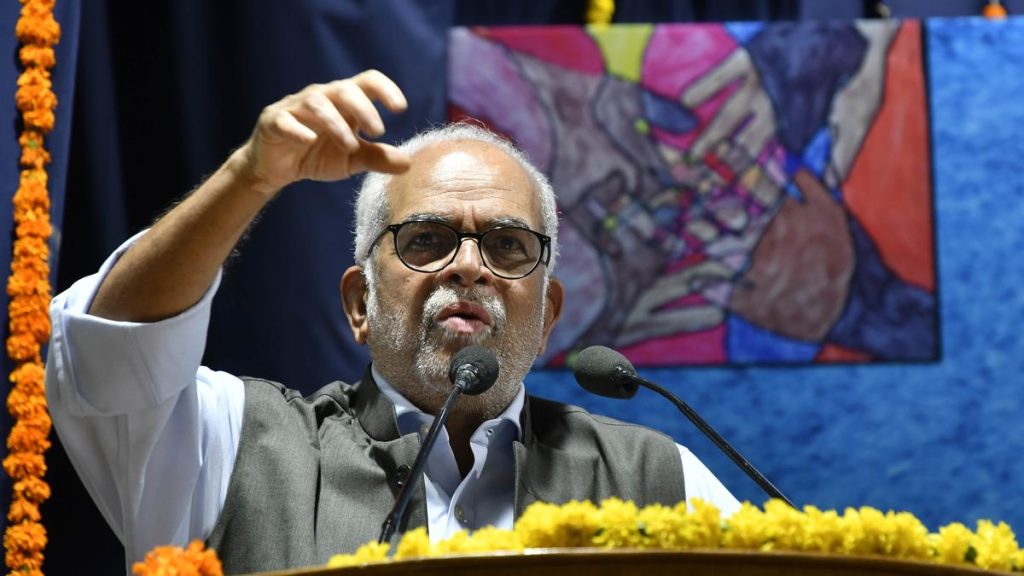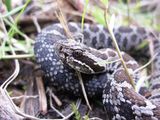Now Reading: Viking Woman Discovered in Ceremonial Boat Burial with Dog
-
01
Viking Woman Discovered in Ceremonial Boat Burial with Dog
Viking Woman Discovered in Ceremonial Boat Burial with Dog

Speedy Summary
- Revelation Location: A Viking boat grave was found near a rural road on Senja Island, Norway.
- Who Found It: Discovered in 2023 by metal detector enthusiasts who noticed exposed bronze brooches and rib bones in the soil.
- Excavation Details: Archaeologists at the Arctic University Museum of Norway conducted the recovery and examination of the site.
- Burial Findings:
– The grave belonged to a Viking woman from around 900-950 CE.
– She was buried wiht her pet dog as a companion, an uncommon practice but noted occasionally in Viking culture.
– Artifacts recovered included ornate bronze brooches, agricultural tools, whale bone weaving swords, and spindle whorls symbolizing domestic responsibilities.
- Importance of Woman: Archaeologists believe she held significant regional status, though not at society’s top tier.
- Preservation Factors: Metal objects and soil composition enriched with lime helped conserve both organic remains and artifacts.
- Potential for More Discoveries: Another brooch nearby hints at additional graves; expanded surveys using ground-penetrating radar are planned.
Indian Opinion Analysis
This discovery sheds light on how Viking burial practices symbolized social status through material wealth and ritual care for animals-a rare acknowledgment within ancient cultures that could inspire contemporary societal reflections. Burial customs combined practicality (objects aiding preservation) with expressions of life roles like domestic activity (e.g., weaving artifacts), demonstrating integrated respect for contributions across gender aspects.
For India-another ancient civilization known for intricate customs surrounding death-the findings underline parallels in honoring individual societal roles through elaborate funerary rituals. With similarities such as India’s reverence toward certain animals (e.g., cows or elephants symbolically) during ceremonial events, this could offer value to comparative research into shared cultural ethics regarding humans’ relationship with animals.
Global studies connecting archaeological methods applied here may encourage Indian efforts toward preserving historical sites vulnerable amid urban encroachments or climate challenges.



























